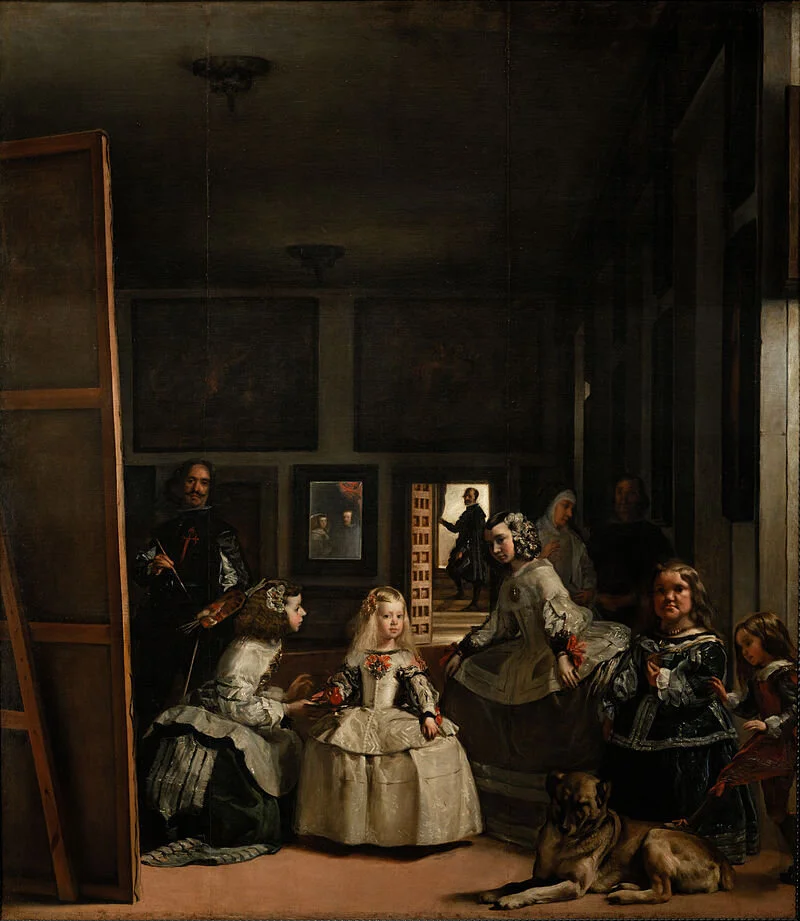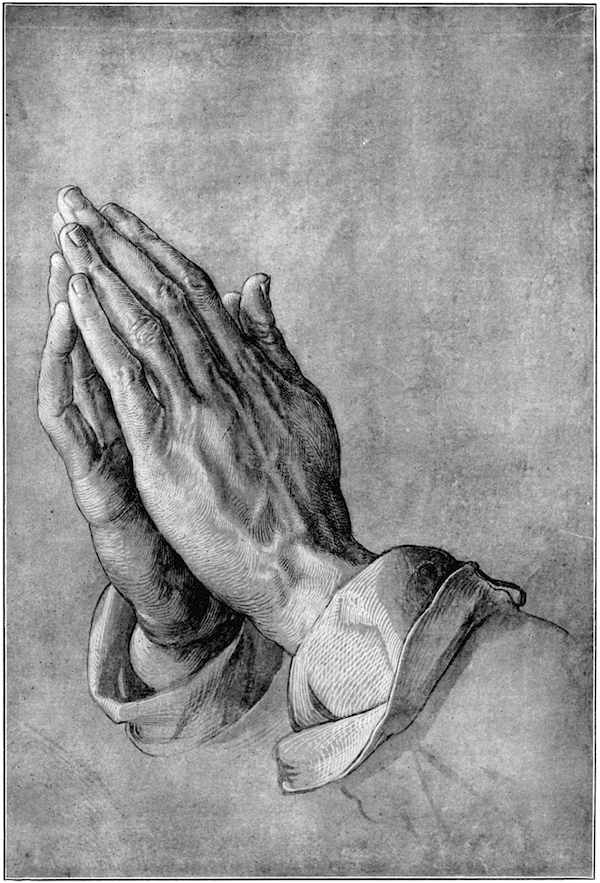JEAN-LUC MOULÈNE
From family photo to brand image: the disjunctions (damien sausset)
The number of photographs grouped as Disjunctions was in flux between 1983, when the first photograph was taken, and 1995. The catalogue serves as a definitive inventory of the work.
Most striking was the absence of style and the explosion of subject matter and composition that seemed to respond overtly to the heterogeneity of reality.
Paysage Culturel Francais, Paris, Spring 1987 - opus 11
Pentax 6 x 7 camera (5lbs, medium format) - By refusing the heavy side of the photographic camera and its ceremonial uses unsuitable for fieldwork in open spaces, Moulène was more interested in mobility and in being a "stroller." His place was exactly between the reporter searching for events and the advertiser who records a carefully composed design in his studio.
visuals vs. images
These photographs indicated even for those who knew how to look at them attentively and lucidly that all criticism of the image is vain because "the image already appears escorted by its criticism, affected by its index of distance and derision", according to Jacques Rancière, Moulène had integrated this idea so perfectly that he had already explored all the ambiguities of the exhibition formats by using in his new series both spectacular dimensions and modes of distribution (from 4 x 3 m posters to editorial inserts in newspapers during the Documenta X in 1997).
"Disjunction as a mathematical operation came to me slowly, while thinking about rupture, discontinuity, negation and so on, like a positive path to a new dialectical know-how."
Everyone of these photographs is a cosmos, a minutely calculated arrangement in which the terms are in relationships of extreme tension, never indifferent to their places or their figures, always set out in view of a suspended configuration.
EVERY DISJUNCTION REFUTES THE SIMPLE IDEA OF UNIVERSALITY.
...poems that refuse the ordinary language of words to borrow the much more difficult and dangerous language of mechanical recording.
THE SCANDAL OF UNCONDITIONAL FREEDOM / THE HEAVINESS OF EVERYDAY LIFE
(earned his living doing marriage photography)
(influence of Jean-Marc Bustamante's Tableaux Photographiques)
Il était une fois
Janus, Paris, 2014, concrete, wood, iron, 66 x 90 x 48 cm
Babu 1er, Paris, 1977, felt-pen on green paper, 16.2 x 16 cm
Sample 1 (25 Figure), Paris, 2015, verdigris burnished bronze, 81 x 65 cm
Tronches, Installation view, Villa Medici
La Pucelle, Paris, 2013, concrete, 90 x 150 x 76 cm
Hilary Clinton, Paris, 2014, on aluminum, 72 x 58 cm, waxed concrete, 25 x 22 x 28 cm
Gnou, Verona, 2015, polystyrene and plaster model, 41 x 41 x 46.5 cm
Sample (Onyx) 1, Verona, 2015, onyx, 58 cm
Once upon a time (Eric de Chassey)
Story of an exhibition: what was needed was an approach compatible firstly with the Villa Medici exhibition rooms, decorated by Balthus in the 1960s and since transformed into a Renaissance version of the white cube; and secondly with the history of the Villa, created by Ferdinando I de' Medici in the late 16th century and home to the French Academy in Rome since 1803.
The proposal included a return to the Balthus procedure in terms of the walls: a blue room (echoing the director's living room), a green room (as in Josephs room) and a yellow and red room (which had no precedent at the Villa). In the end, only two rooms were giving a monochrome patina.
Archeologies:
Many of the works on show at the Villa Medici revisit history: that of the artist himself and that of the place. The monochrome patinas in two of the rooms reprise the way Balthus applied paint on the Villa's interior walls, but without resorting to any literal copying or restoration / the use of a work which combines three intermingling sculptures: an eagle, a bust of Handel and a statue of a young woman. Janus, the large double-faced piece at the intersection of these two works, tells us that there is an archeological project here, it is looking in both directions, towards the past and the future, from the present.
Discontinuities:
Moulene has spoken on several occasions of his avoidance of clarity, in particular because opacity is also the result of a certain "depth."
frank discontinuity vs heterogeneity
The refusal of the deficient common - of the "storytelling" which, in addition to its increasing pervasiveness in the art field, has become the political mode of communication par excellence - makes it clear that, as in all of Moulene's work, the project of this exhibition is thoroughly political.
an aside ------------->
Giorgio Agamben / Art, Inactivity, Politics
The divine government of the world is in fact something fundamentally finite. After the Last Judgment, when the history of the world and its creatures is at an end, when the elect have obtained eternal bliss and the damned their eternal retribution, the angels will have nothing more to do.
A totally idle god is a god without power, who has given up governing the world; this is the god the theologians find it impossible to accept. To avoid the total disappearance of all power, they separate power from the exercise of power and maintain that power does not disappear but that it is simply no longer exercised, thus it assumes the motionless, resplendent form of glory (doxa in Greek).
-----------------------------------glory and inactivity-----------------------------------
The most important Jewish festival, the shabat, had its theological foundation in the fact that it was not the work of creation but the cessation of all work on the seventh day that was declared sacred. Inactivity thus defines the state proper to God (“Only to God does inactivity (anapausis) really belong” writes Philon, “the Sabbath, which means inactivity, belongs to God” and, at the same time, is the object of eschatological expectations (“they shall not enter into my inactivity” – eis ten anapausin emou, Ps. 95, 11)).
The unspeakable mystery which glory, with its blinding light, is supposed to hide is the mystery of divine idleness, of what God did before creating the world and after the providential government of the world had reached its conclusion.
The majesty of the empty throne. Funerary relief with a sella curulis. Marble, Roman artwork, 50 BC–50 AD. From the Torre Gaia on the Via Casilina, Rome.
the empty throne
It is in Christian circles, however, in the majestic eschatological image of the hetoimasia tou thronou which adorns the triumphal arches and apses of Early Christian and Byzantine basilicas, that the religious significance of the empty throne reaches its climax.
The mosaic in the arch of Sixtus iii in Santa Maria Maggiore in Rome (fifth century) depicts an empty throne en‑ crusted with multicoloured stones on which rest a cushion and a cross; beside the throne can be glimpsed a lion, an eagle, a winged human figure, fragments of wings and a crown.
Provisional Bodies:
Much I have excerpted from various sources.
Please note that I do not own the copyright to most of the texts, images, or videos.












